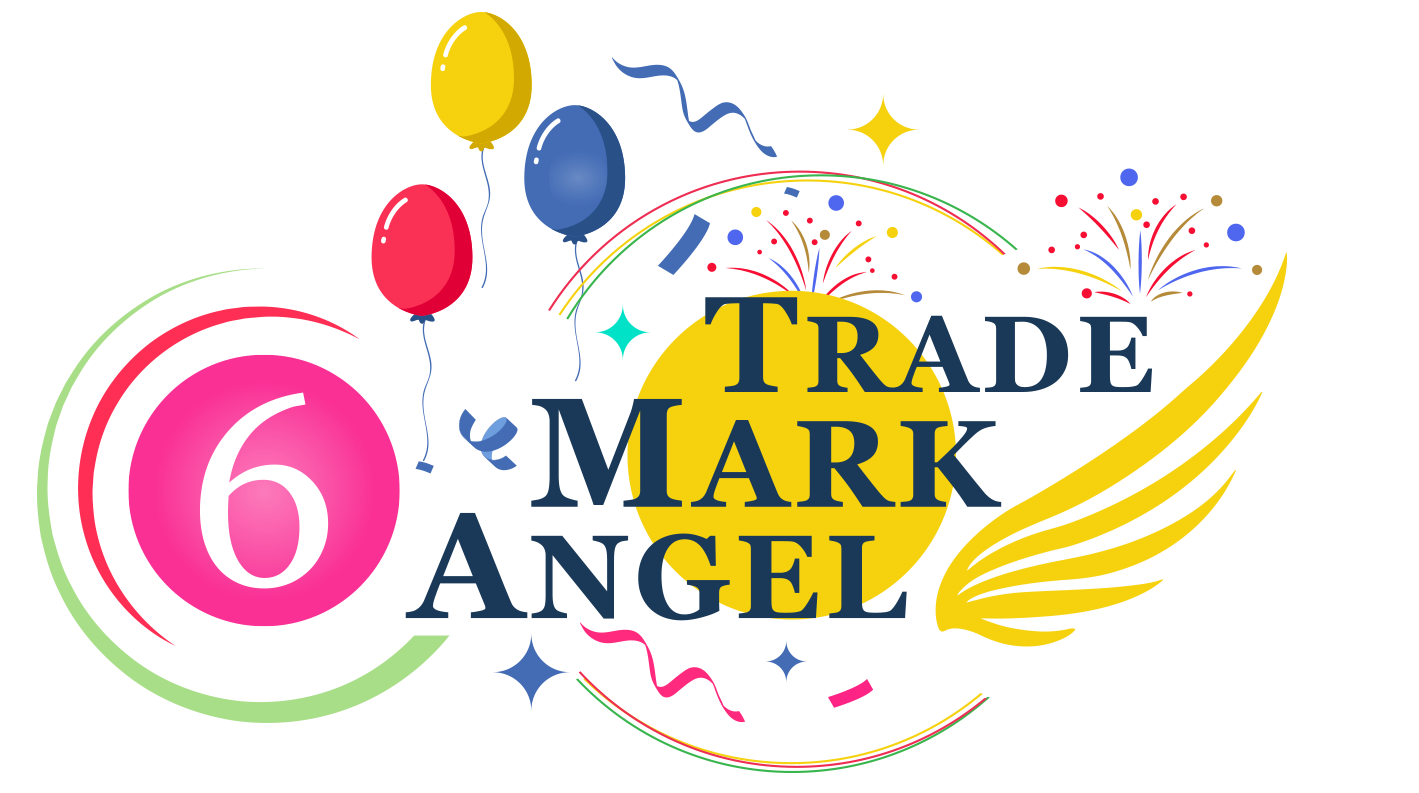Your Guide Navigating Trademark Infringement on Social Media
In our digital age, social media has become an integral part of our daily lives. We use platforms like Facebook, Instagram, X, and TikTok to connect with friends, share our lives, and even promote our businesses. But there is a crucial aspect of social media that often gets overlooked – trademark infringement. This guide is [...]
